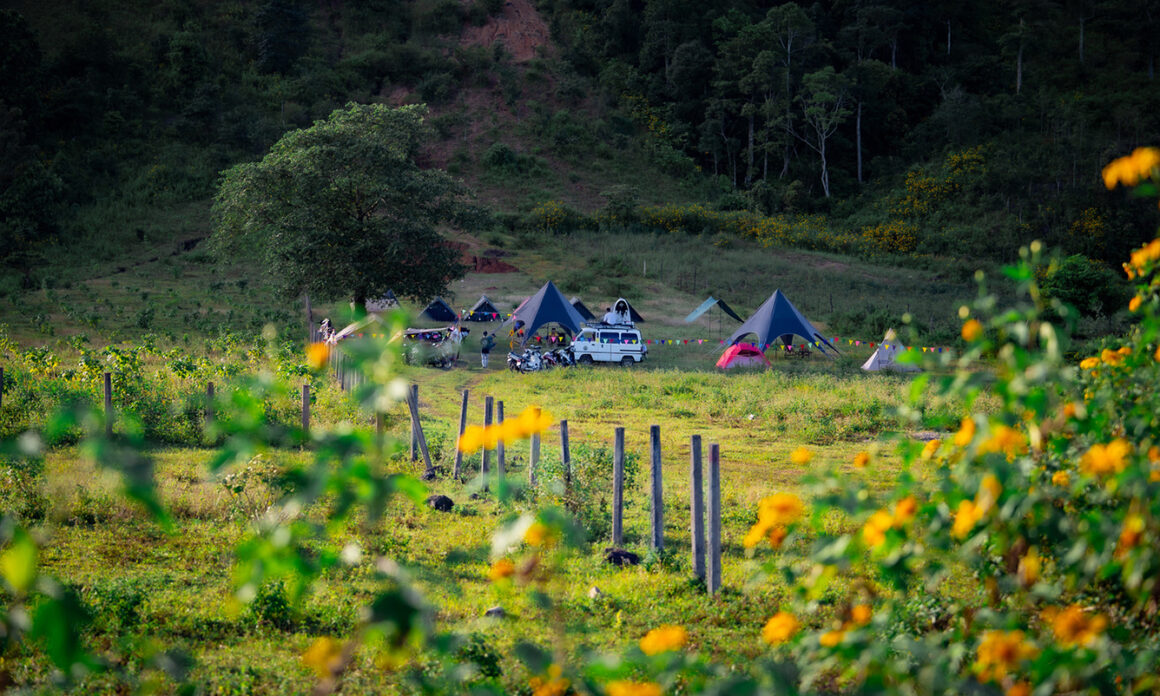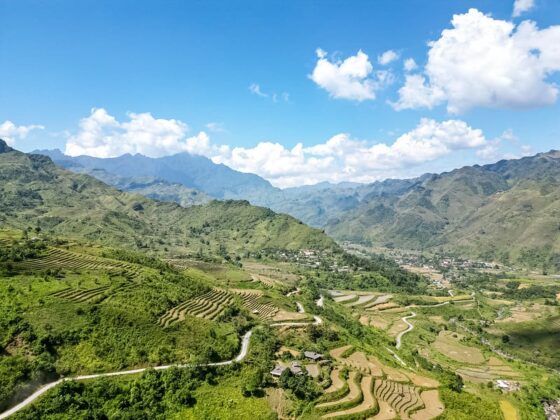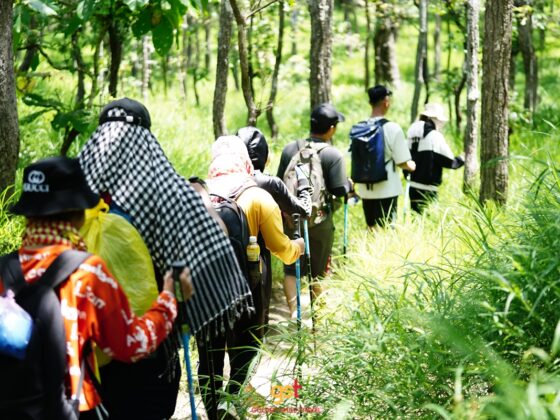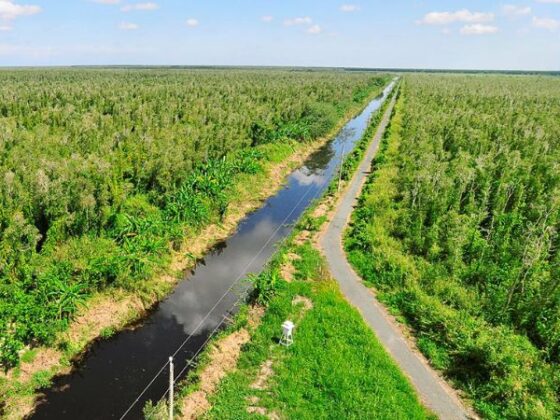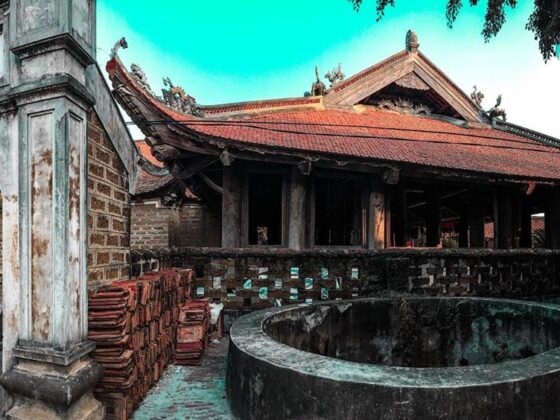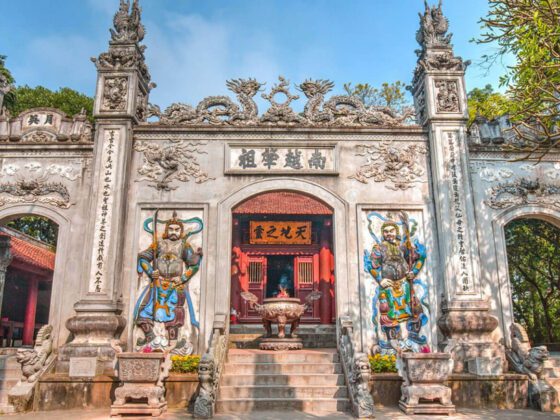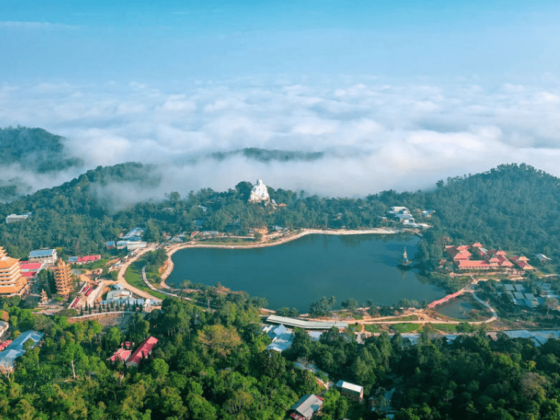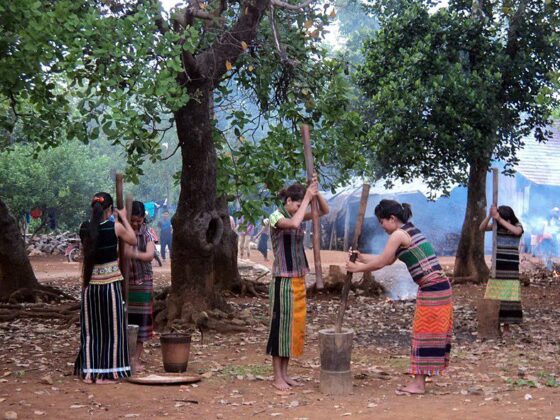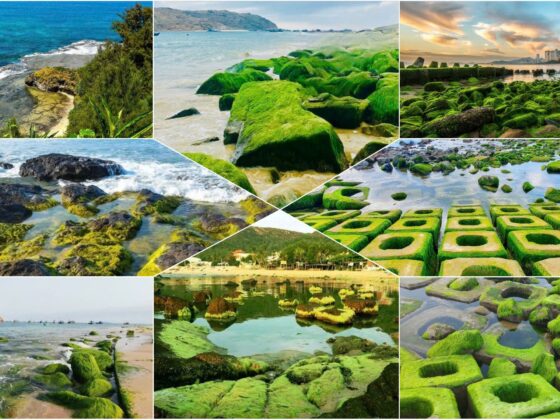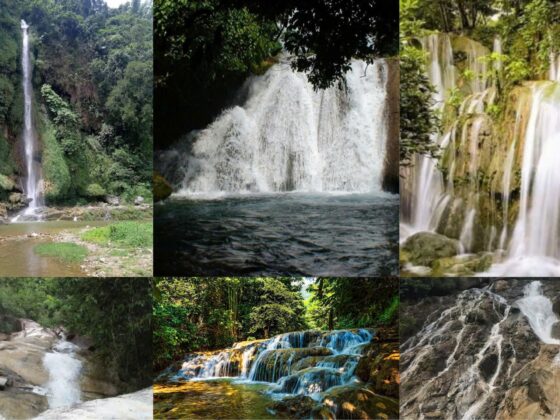Table of Contents Show
There are mountains that roar with fire and ash, and there are those that fall silent, leaving behind landscapes that feel both gentle and powerful. Chu Đăng Ya, an extinct volcano near Pleiku in Gia Lai Province, is one of the latter. Its slopes, long cooled, are now blanketed in fields of wildflowers and farmland, transforming what was once molten into a place of quiet beauty. To experience Chư Đăng Ya camping on its ridge is to rest on history itself, on the back of a giant that slumbers but never truly forgets.
Read more interesting posts here:
- A Coastal Paradise: The Ultimate Guide to Beach Camping in Vietnam
- Ethical Elephant Tourism Vietnam: Trekking for Conservation in Yok Đôn
- Rice Terraces and Tea Leaves: Discover Hoàng Su Phì Homestay
The journey to Chu Đăng Ya
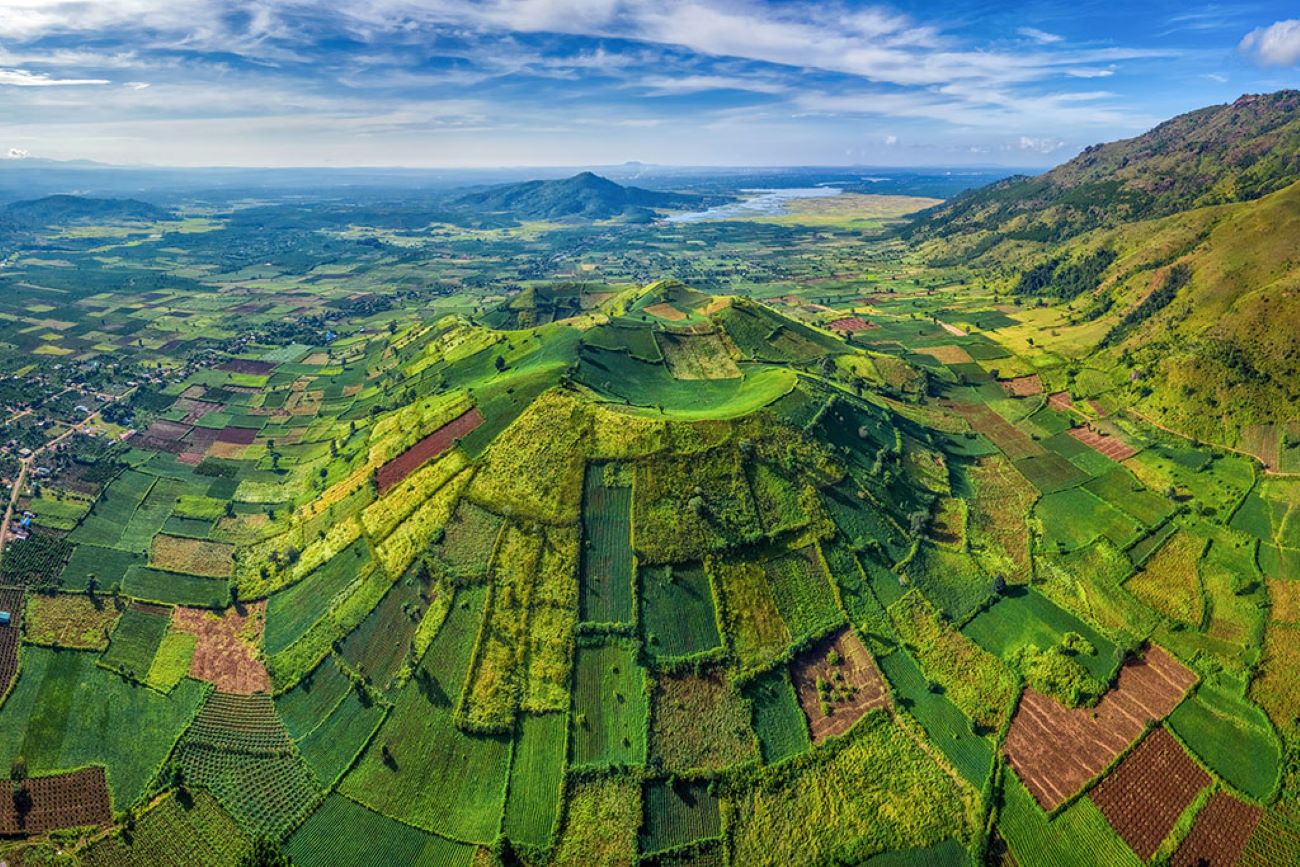
The journey began in the cool highland air, motorbikes buzzing past on red-dirt roads that cut through coffee plantations and pepper farms. The Central Highlands have their own rhythm, slower, earthy, rooted in the soil. Farmers waved as we passed, baskets of fresh produce balanced across shoulders. At the base of Chư Đăng Ya, the mountain rose like a green bowl, its crater a vast, fertile heart that locals have cultivated for generations. Fields of taro, corn, and sunflowers stretched across the slopes, their colors shifting with the season — a landscape that has become an inviting backdrop for Chư Đăng Ya camping, where travelers can wake up surrounded by this living tapestry of nature and culture.
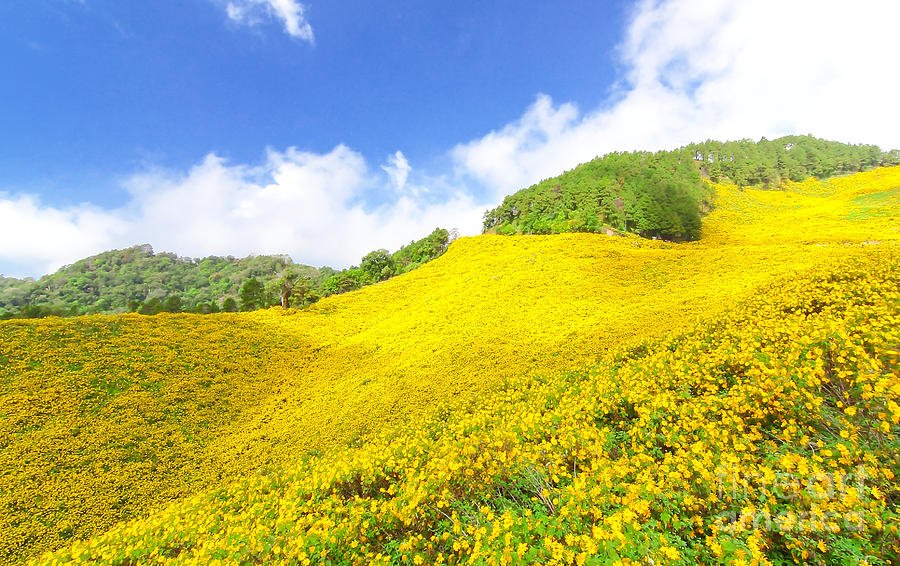
The climb itself is steady rather than steep, a gradual ascent up grassy ridges and flower-dotted meadows. Physically, it’s not as demanding as Vietnam’s higher peaks, but the altitude and open slopes leave you exposed to sun and wind. Every pause, though, reveals a new perspective: valleys rolling endlessly below, dotted with villages and smoke from kitchen fires. By the time we reached the crater rim, the wind carried with it a sense of vastness, as if reminding us that the earth beneath our feet once held unimaginable force, the kind of feeling that makes Chư Đăng Ya camping not just about a night outdoors, but about touching something ancient and alive.
The unforgettable Chư Đăng Ya camping experience
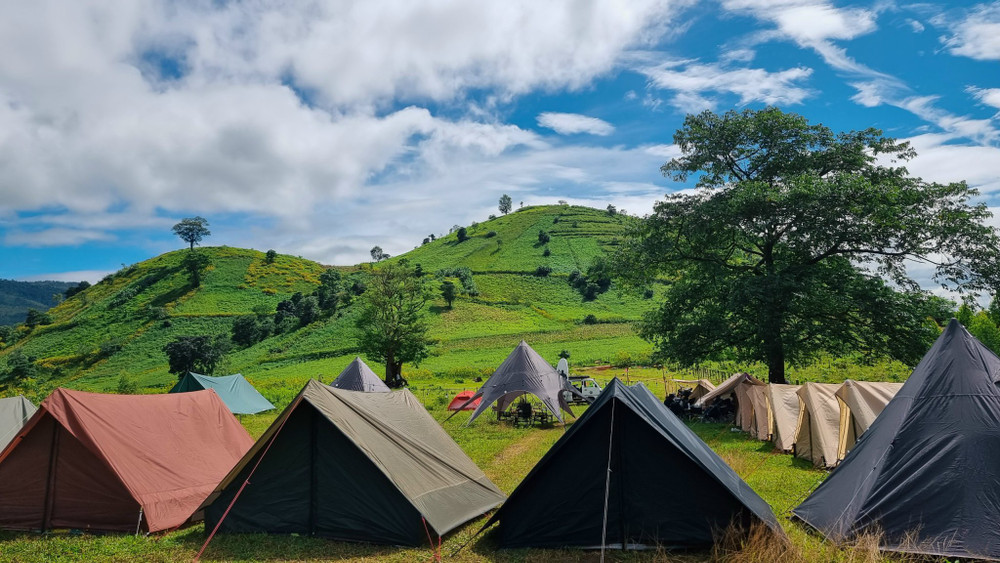
We pitched our tents just before sunset on a grassy ledge overlooking the crater. As the sky shifted from orange to indigo, the land around us glowed softly. Farmers returned home on small paths, their silhouettes framed against the last light. Down in the crater, the fields shimmered like a patchwork quilt, each plot a different shade of green or gold. And above, stars began to scatter across the highland sky, brighter here, far from city lights. It was at this moment that Chư Đăng Ya camping revealed its true magic: the rare peace of sleeping on the rim of a dormant volcano, cradled by both earth and sky.
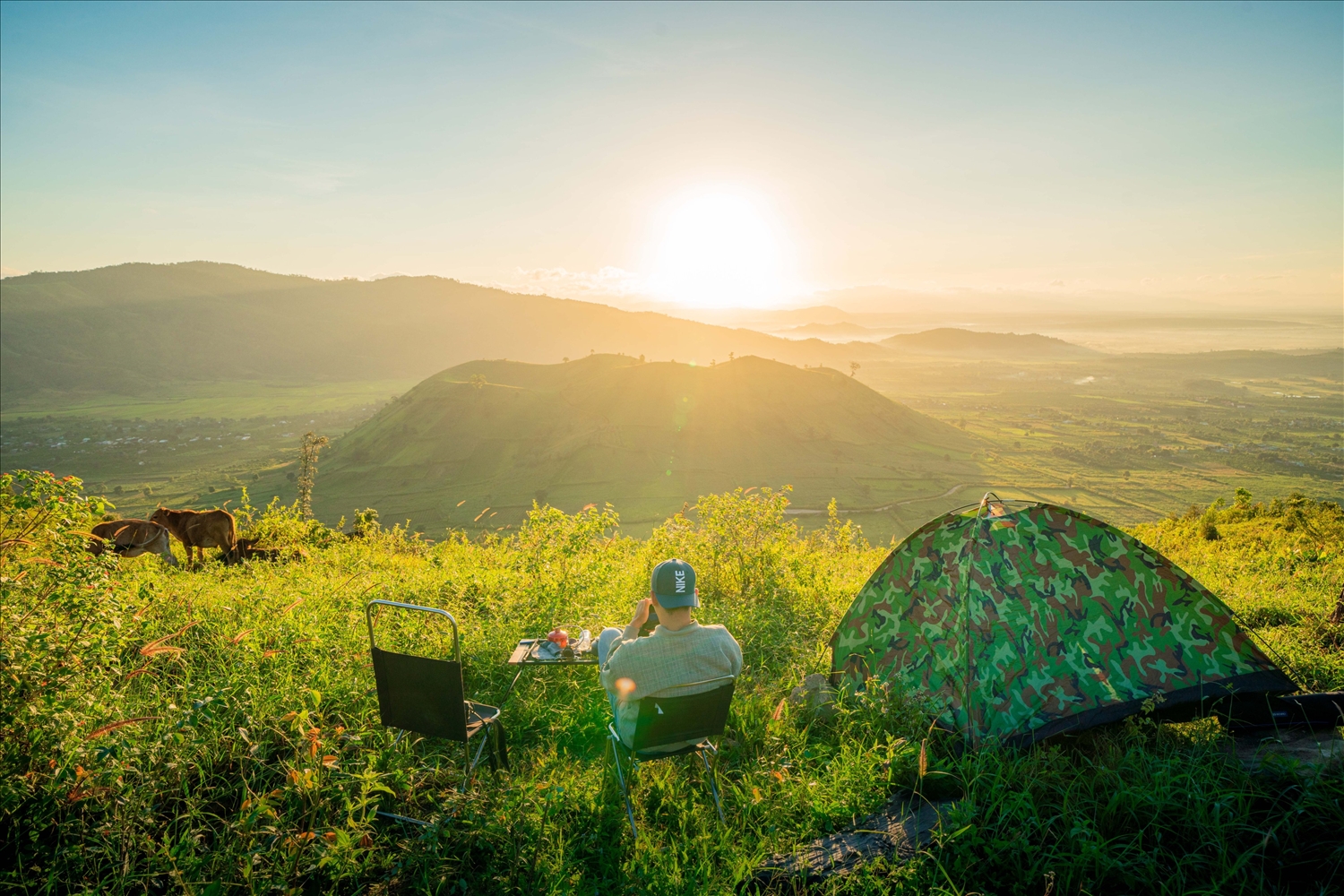
That night, around a small fire, our guide told us the story of the mountain’s name. “Chư Đăng Ya” comes from the Jarai language, meaning “wild ginger root.” For local people, the volcano is not just a geological relic but a cultural landmark, tied to traditions and the land itself. Legends say the mountain is alive in spirit, its slumber a gift to the people who farm its fertile soil. Sitting there, wrapped in the glow of the flames, Chư Đăng Ya camping felt less like an adventure and more like a dialogue with the mountain itself — the firelight flickered as he spoke, the crater looming dark and silent around us, and it was easy to imagine the giant resting, dreaming beneath our tents.
Sunflowers and sunrise: The reward of your trip
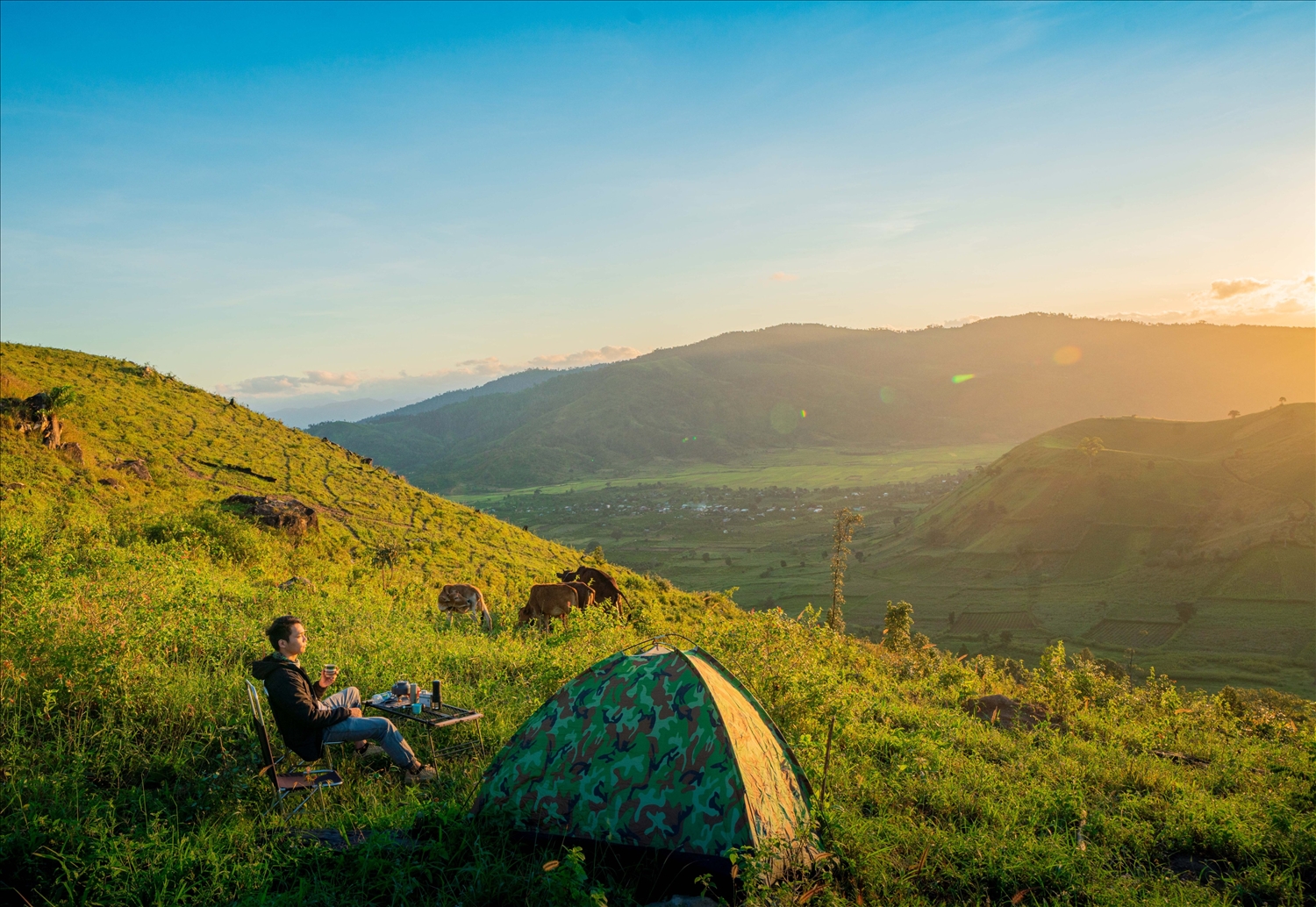
At dawn, I unzipped my tent to a world washed in gold. Mist curled along the crater floor, while the slopes above were alive with the color of sunflowers — blooming in vast swaths during the cool season from November to February. Their faces turned toward the light, they seemed to sing the day awake. Birds darted across the rim, their calls echoing in the stillness. In that glowing moment, Chư Đăng Ya camping revealed its truest gift — not just the views, but the feeling that you were witnessing the mountain breathe a new day into being.
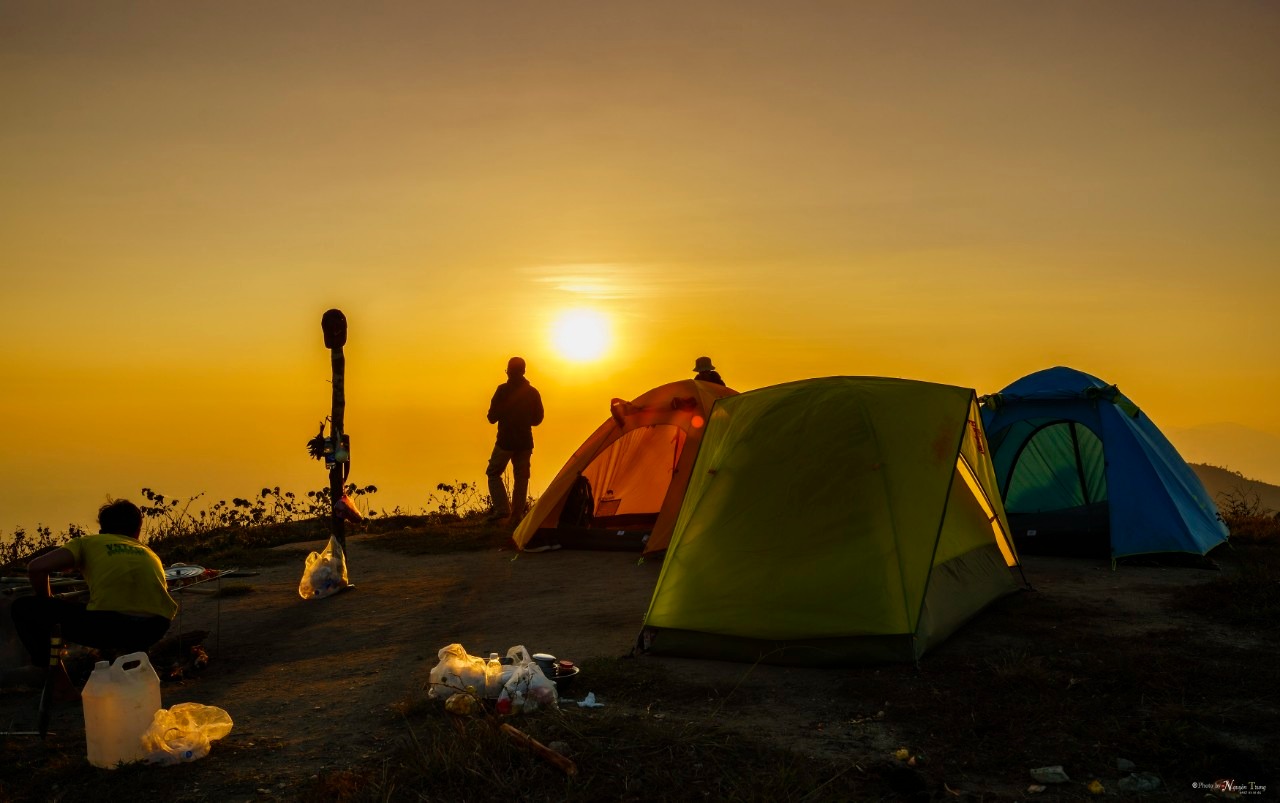
For those who can’t stay overnight, the Chư Đăng Ya Sunflower Festival is held annually during peak bloom, usually in November. Thousands of sunflowers blanket the slopes, and the festival celebrates not only the flowers but also the unique culture of the Jarai people, with food stalls, performances, and handicrafts on display. It’s a chance to see the mountain both as a natural wonder and as a stage for community pride — and for many, pairing a visit with Chư Đăng Ya camping makes the experience even more immersive, blending the beauty of day with the quiet magic of night under the stars.
Planning your Chư Đăng Ya camping trip
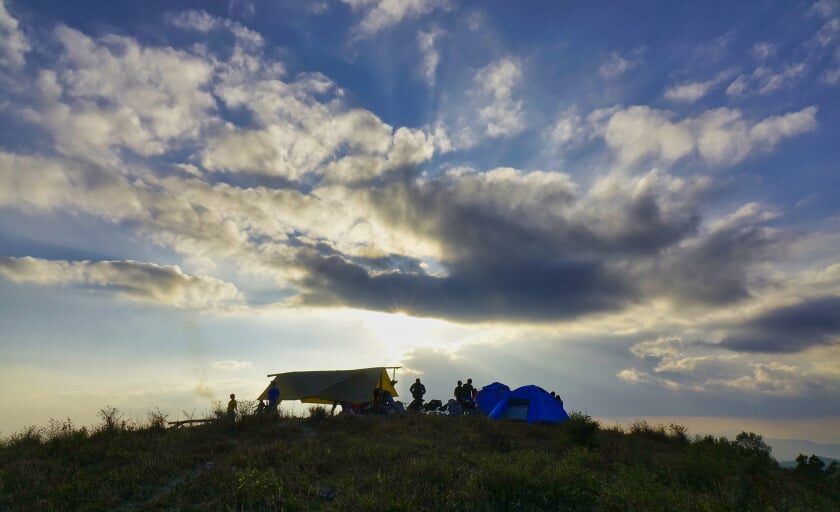
Chư Đăng Ya camping does not require a complicated permit, though it is always wise to check in with locals or arrange your trip through a guide in Pleiku. The mountain is about 30 kilometers from Pleiku City, the largest town in Gia Lai. Guides can help arrange camping, ensure you set up in safe areas, and share stories that bring the mountain to life.
Conclusion
In the end, Chư Đăng Ya camping is not about conquest or pushing limits. It is about perspective. Standing on the rim of an extinct volcano, you realize that landscapes, like people, carry their past within them. What was once destruction has become life, feeding generations of farmers and reminding all who visit of the earth’s power to transform. The memory that lingered was not fire or fury, but the flowers that bloom from ash, and the simple truth that even sleeping giants can still inspire awe.
Ready to discover your own trail tale? Join our community of explorers in the ExoTrails Facebook Group and follow the ExoTrails Fanpage for daily inspiration and trail tips!
FAQs
Where is Chu Đăng Ya volcano located in Vietnam?
Chư Đăng Ya is an extinct volcano located near Pleiku City in Gia Lai Province, within Vietnam’s Central Highlands region.
What is the significance of Chu Đăng Ya to local communities?
For the local Jarai people, Chư Đăng Ya is a cultural landmark. Its name means “wild ginger root” in Jarai, and legends speak of the mountain’s spirit providing fertile soil for farming.
When is the best time to visit Chư Đăng Ya, especially for the sunflowers?
The cool season, from November to February, is the best time to visit, especially to witness the vast fields of sunflowers in full bloom. The annual Chư Đăng Ya Sunflower Festival usually takes place in November.
Is camping allowed on Chư Đăng Ya volcano?
Yes, camping is possible on Chư Đăng Ya. It’s advisable to check with locals or arrange your trip through a guide in Pleiku to ensure safe and respectful camping.
How difficult is the climb to the top of Chư Đăng Ya?
The climb to Chư Đăng Ya is steady rather than steep, making it less physically demanding than higher peaks. However, preparation for sun and wind is still key.
What kind of crops are grown on the slopes of Chư Đăng Ya?
The fertile slopes are cultivated with various crops, including taro, corn, and famously, vast fields of sunflowers during their blooming season.
What other attractions are near Chư Đăng Ya or Pleiku?
Pleiku City serves as a hub for exploring the Central Highlands. Visitors can also explore coffee plantations and learn more about the diverse ethnic cultures of the region.

